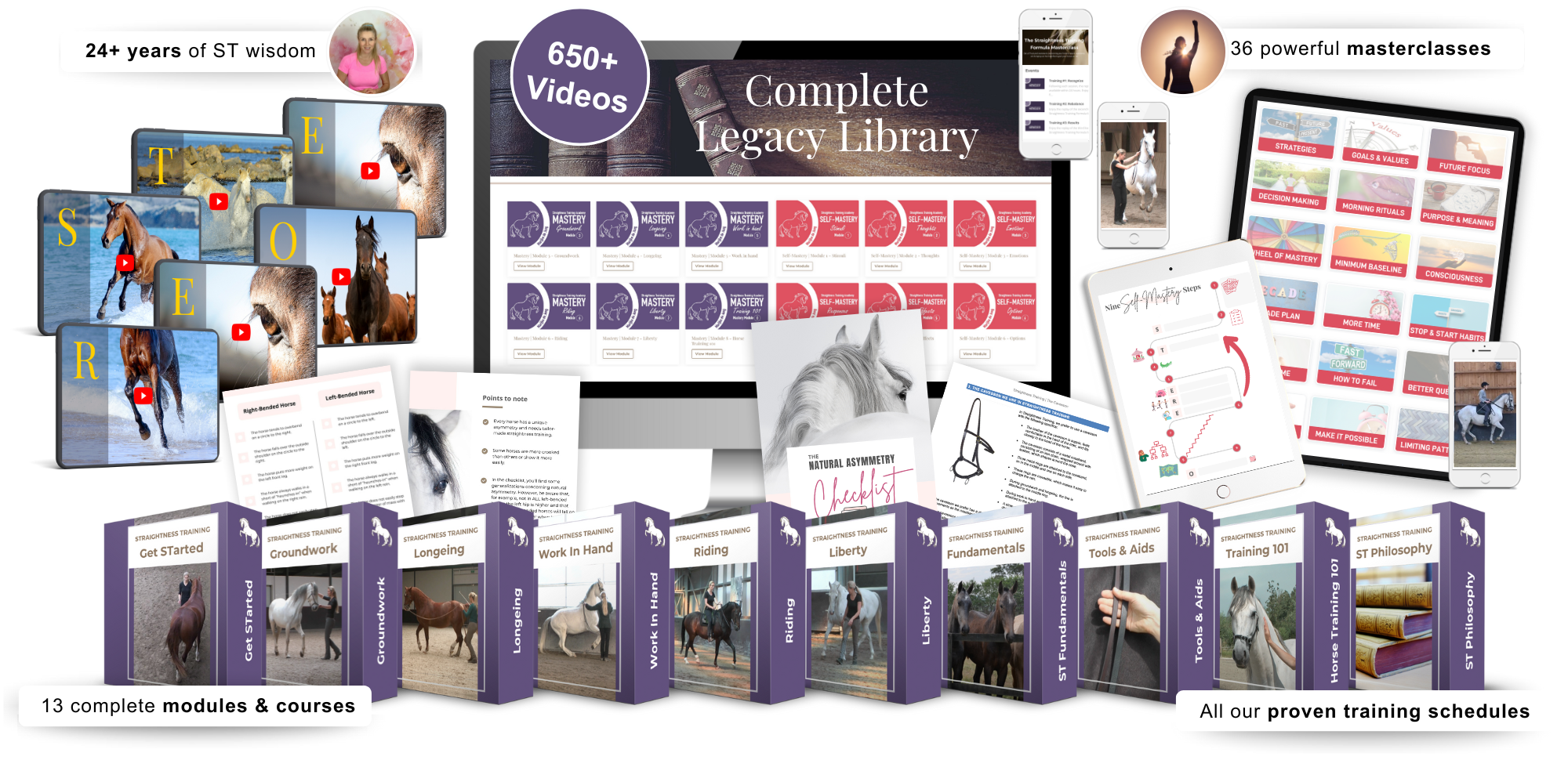- 1. Master your Physical Body
- 2. Master your Mind, Energy & Emotions
- 3. Master your Relationships
- 4. Master your Time
- 5. Master your Horsemanship
- 6. Master your Groundwork
- 7. Master the Art of Riding
- 8. Contributing & Spiritual Fulfillment
- Seven Steps to Finding Balance in the Wheel of Mastery
- Download the Wheel of Mastery Worksheet
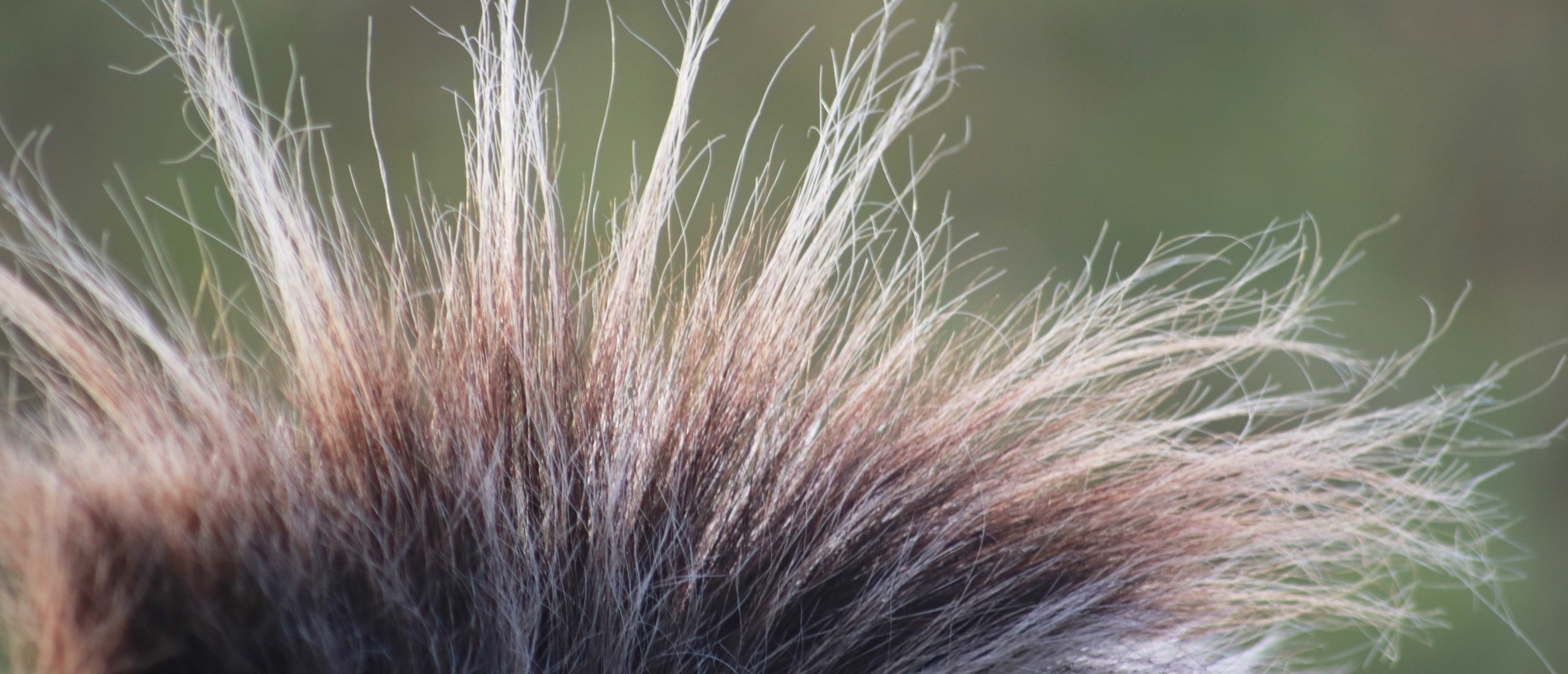
The Wheel of Mastery

To become the best rider you can be is not only about mastering your riding skills.
You also have to find the right balance of attention for the following areas of mastery:
1. Physical Body
2. Minds & Emotions
3. Relationships
4. Time
5. Horsemanship
6. Groundwork
7. Riding
8. Spiritual growth & fulfillment
The picture on the left represents the Wheel of Mastery.
If all your energy is focused on a special area, you find yourself ‘off balance’, not paying enough attention to other important areas.
The wheel helps you identify areas that need more attention to become the best rider you can be!
The wheel above is divided up into 8 areas and here is a description of the areas:
1. Master your Physical Body

We want our horse to be supple, muscular and athletic and to have good coordination, balance and rhythm. Since this is only possible when horse and rider move together as one, and since the horse mirrors the rider, it is obvious that we should strive for the same qualities that we want in our horse. It’s also tough to train a horse if you don’t have the energy. We are the example.
So balance yourself in this area, do some exercise (pilates, swimming, martial arts), get enough sleep, breath effectively, drink enough water, and eat well (eat water-rich foods, and combine foods effectively). And choose to stay away from nutritionally empty (fast)foods and unhealthy stuff like cigarettes to maximize your energy, vitality and health.
2. Master your Mind, Energy & Emotions
You will never have to tell your horse that you are sad, happy, confident, angry or relaxed. He already knows—long before you do!
The emotions and energy we project will influence the horse. So it’s very important that we master our energy and emotions and the cause of our emotions: our thoughts.
Thoughts have the power to create and the power to destroy. Some thoughts give rise to good feelings and emotions, some thoughts give rise to bad feelings and emotions.
“If you want to change your emotions, you have to change your thoughts.”
If you choose your thoughts, master your energy, and master your emotions you can improve your relationship with your horse and others.
3. Master your Relationships
“The quality of our life is the quality of our relationships with others.”
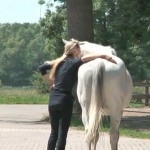
We can’t learn, develop and become a master all by ourselves. People and horses are our greatest resource, we need them and they need us. So nurture and grow your relationships. Make everyone your mentor and learn from everyone you know. And be a coach, not a critic. Mastery of your relationships will give you unlimited resources for growing and contributing.
4. Master your Time
Masterpieces take time. You always have time for the things that are important to you, if you don’t have time, it’s not important.
We all have the same 24 hours a day, but how wisely are you using yours?
I don’t have time…
I was up to too late…
I had a long week…
You must determine how you focus and spend your time each day in order to create mastery in all areas. And remember:
“Time = Life, Therefore, waste your time and waste of your life, or master your time and master your life.” – Alan Lakein
5. Master your Horsemanship
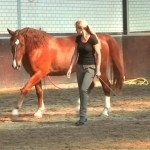
If you have a vision for yourself and your horse and you want to have a good relationship, achieve something or reach some level in your chosen discipline, then you have to be a good leader and guide to your horse.
True leaders have the ability to care, to give their horse what he needs and to connect with their horse so they can teach him the things he needs to know. Good horsemen are constantly observing and training themselves to be the best leader and guide they can be.
6. Master your Groundwork
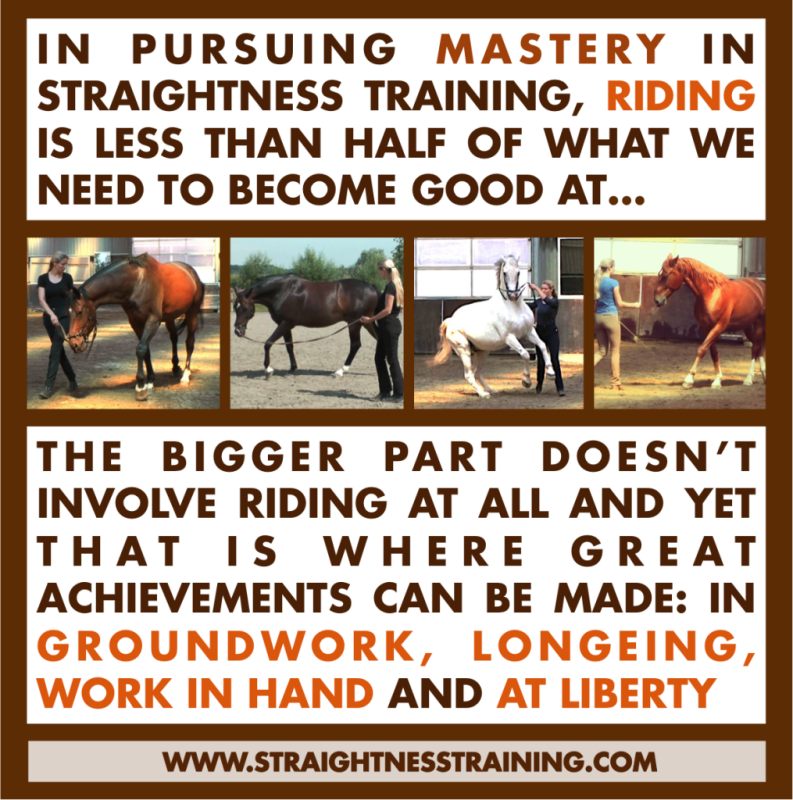
In pursuing excellence, riding is only a part of what we need to become good at. A big part of the wheel doesn’t involve riding at all and yet that is where great achievements can be made, especially in groundwork, longeing, work in hand and work at liberty.
Well thought-through gymnastic exercises on the ground prepare the horse for riding. The horse can be made more supple, can build up muscles and fitness and can improve coordination before additional weight is added to the horse’s back.
Groundwork has a lot of benefits for both horse and rider. It is useful for a young horse, but also for experienced well-trained horses, to help the horse to stay in shape and to give some variety to the training routine. A great benefit is the ability to study your horse from the ground and observe the movements, the gaits, the musculature, the rhythm, its fitness, alertness and the improvements your horse is making.
7. Master the Art of Riding

In the art of riding we strive for the highest perfection and perfect harmony with our horse. Because of the logically structured exercises, horse and rider are trained according to their possibilities and talents – both physically, mentally, emotionally and spiritually – towards a level that is comfortable for both.
In this area we develop great skillfulness and knowledge of the seat, leg, rein and whip aids, the use of our balance, center and energy, and the influence of our inner vision and feeling.
8. Contributing & Spiritual Fulfillment
During life and education you and your horse will grow spiritually: your horse will be the best horse he can be and you will be the best rider you can be. Both you and your horse will feel inner calm strength, pride and enjoy your unique, authentic self.
But remember: we GROW so we have something to GIVE! Contribution should be the driving force behind everything we do. It is not what we get. But who we become, what we contribute, that gives meaning and fulfillment to our lives.
“Success without fulfillment equals a failure. Work for a cause, not for applause.”
So this area is about a spiritual sense of service and focus on helping, giving and supporting other riders. You will be spiritually fulfilled if you are sharing what you mastered and are contributing to others and help other riders achieving their dreams.
Seven Steps to Finding Balance in the Wheel of Mastery
All areas can be placed in a wheel which gives you a visual representation of the balance between all those areas.
You can use the following steps to create your Wheel of Mastery and assess your balance.
1. Start by downloading my free Wheel of Mastery Worksheet which contains a blank Wheel of Mastery diagram.
2. Grade yourself on a scale of ‘0 to 10’ where you are today, taking one area at a time.The middle of the circle corresponds to ‘zero’ and the outside ring of the circle corresponds to ‘10’. For example you might rate yourself at a ‘7’ in your physical health and a ‘6’ in your emotional mastery, a ‘7’ in your relationships, ‘4’ in your ability to master time, a ‘7’ in your horsemanship, a ‘5’ in your groundwork, a ‘7’ in your riding and a ‘6’ in your spirituality.
2. Draw a line across the section that represents the number you currently rate yourself in that section. It might look like this:
3. Colour each section to get a true picture of where you really are in each area. What are the gaps? It might look like this:
4. Imagine if you are going 100 miles an hour with the wheel above – which isn’t round at all – would you survive?
The bigger idea behind the Wheel of Mastery is that all the spokes of the wheel are needed and must be of equal length for a smooth and effective ride. The selection of what the spokes stand for is based on the conviction that the areas of mastery (the spokes) are coherent, indivisible and strengthening each other. The selection of the spokes in this example represents my vision of what defines a Master Rider.
5. Note what areas you’re strong in, but really take a hard look at the areas that need more attention.
There are almost certainly areas that are not getting as much attention as you’d like. However there may also be areas where you’re putting in more effort than you’d ideally like. These areas are absorbing energy and enthusiasm that may better be directed elsewhere.
Once you have identified the areas that need attention, it’s time to
6. Plan the actions needed to work on regaining balance.
What things do you need to start doing to regain balance? In the areas that currently absorb your energy and time, what can you stop doing or re-prioritize or delegate to someone else?
Make a commitment to these actions by writing them down and just do it!
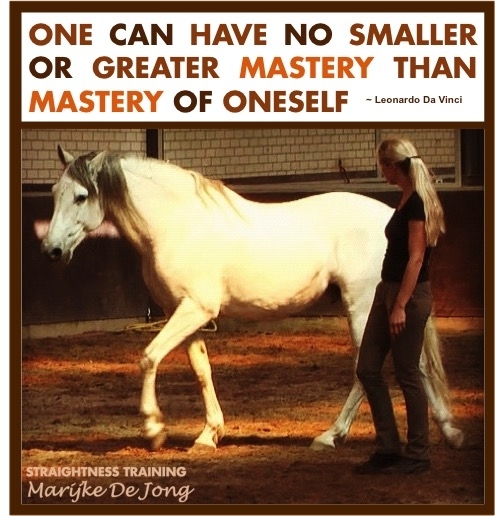
Download the Wheel of Mastery Worksheet
Perhaps other areas in your life are also important to you to master. For example: your family, your work, career, mission, artistic expression, or wealth?
Or the role you play as a friend, mother/father, team member, manager, or riding instructor?
Feel free to change some areas or to add some or create your own Wheel of Mastery using my free Wheel of Mastery Worksheet.
Here are some examples:

And be careful: don’t fall for the temptation to only select those spokes you excel at. You might find a perfectly round wheel that still won’t turn as it should. That is: you still won’t be able to ride and feel like a centaur!
Good luck with your wheel!


